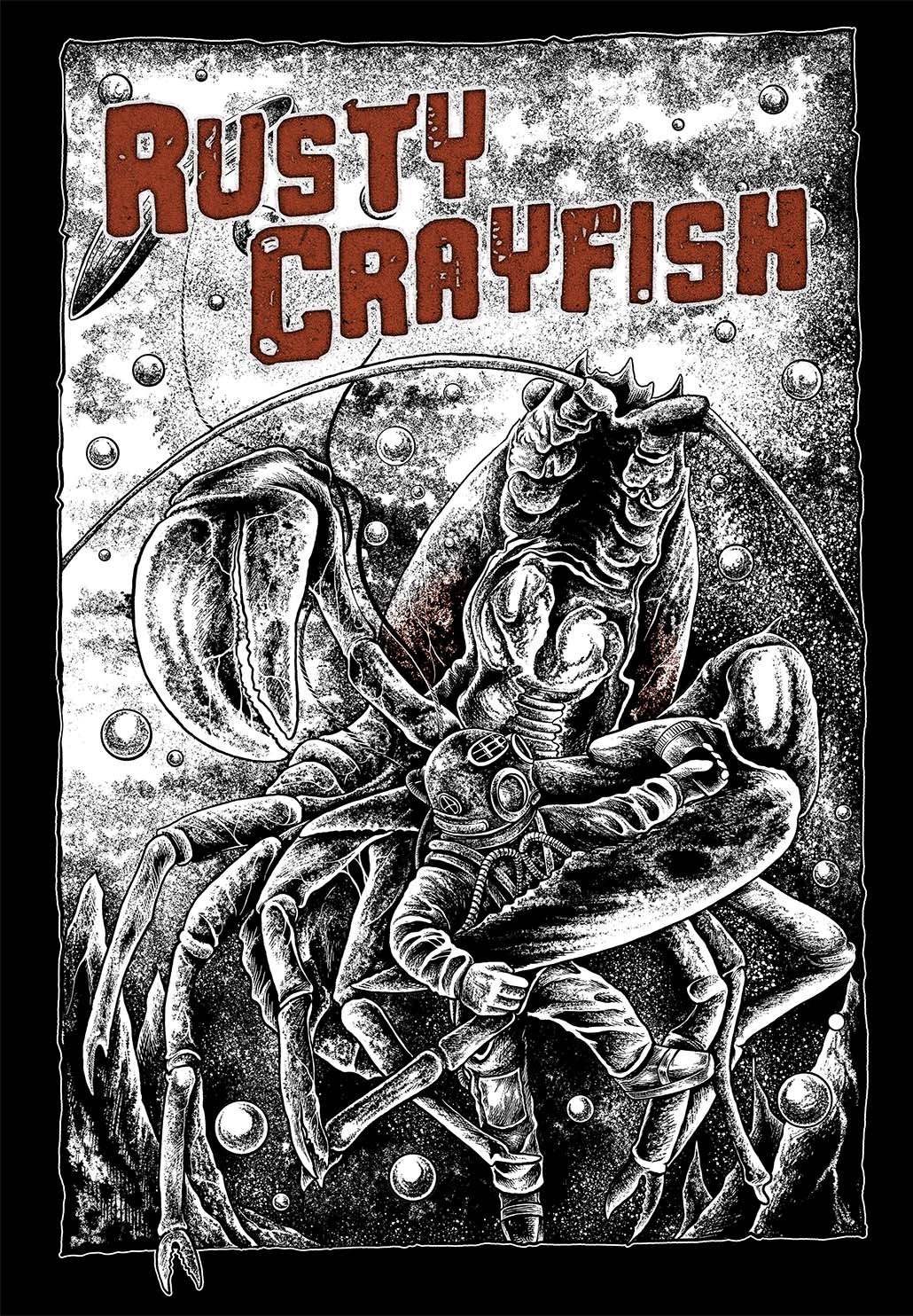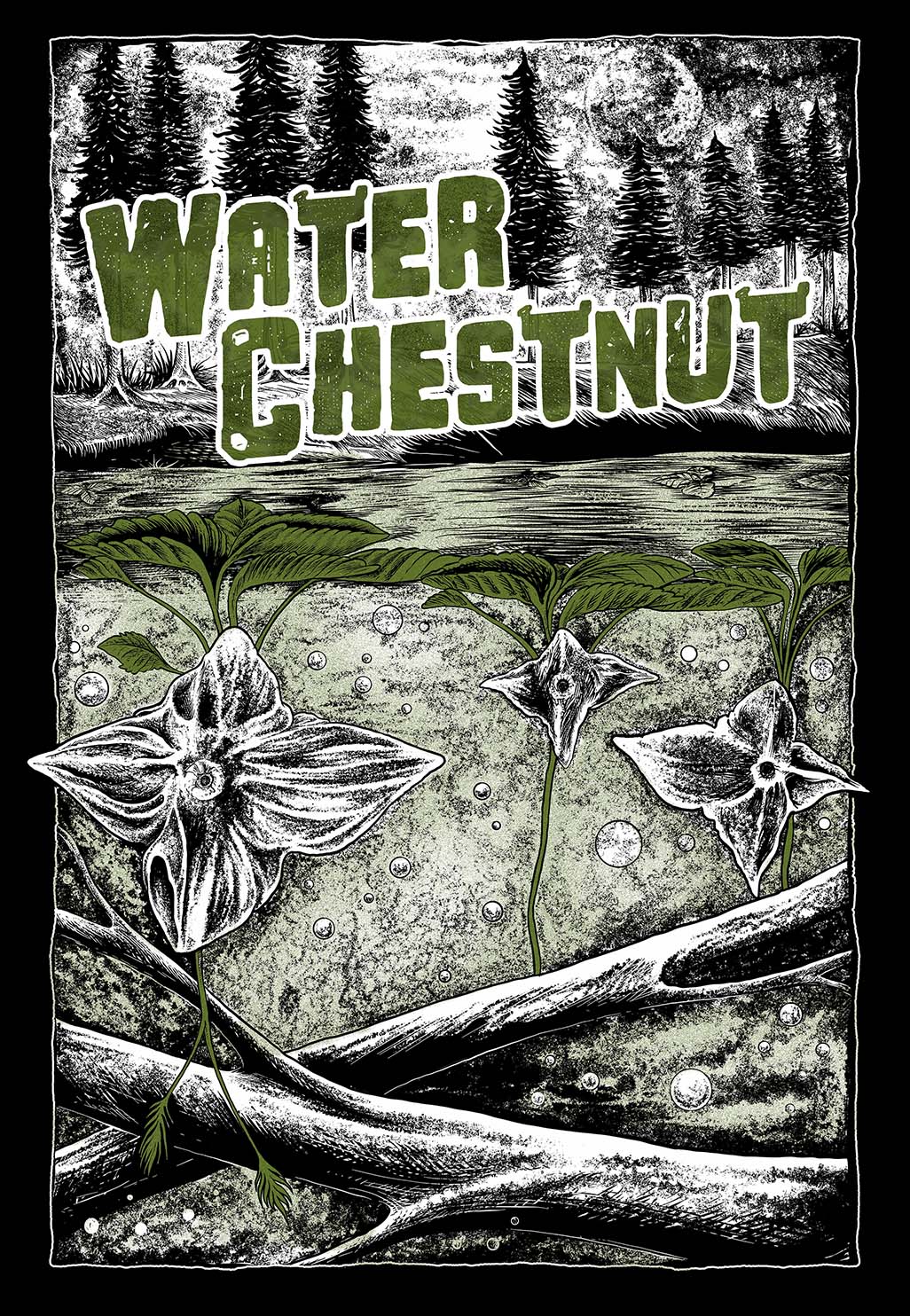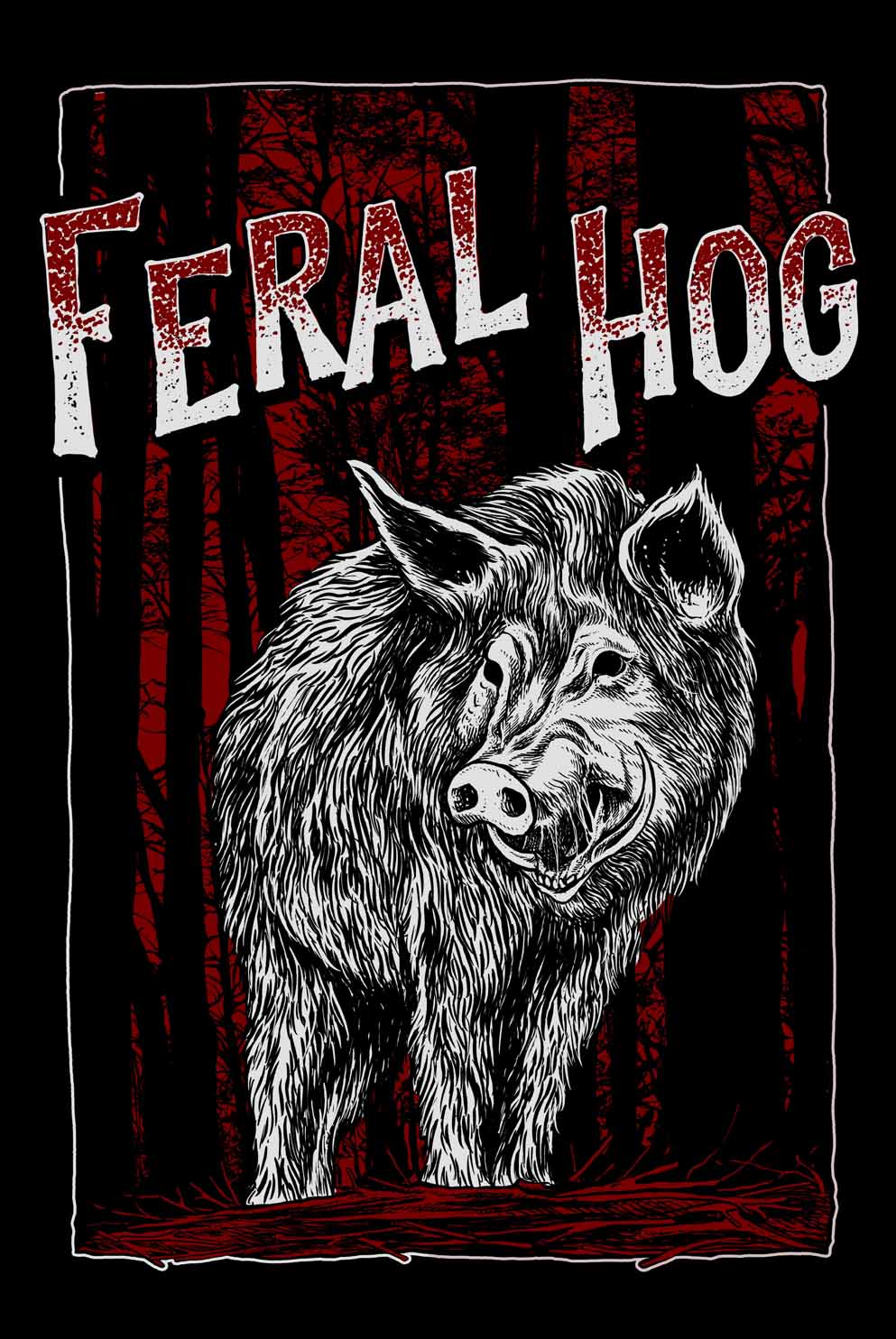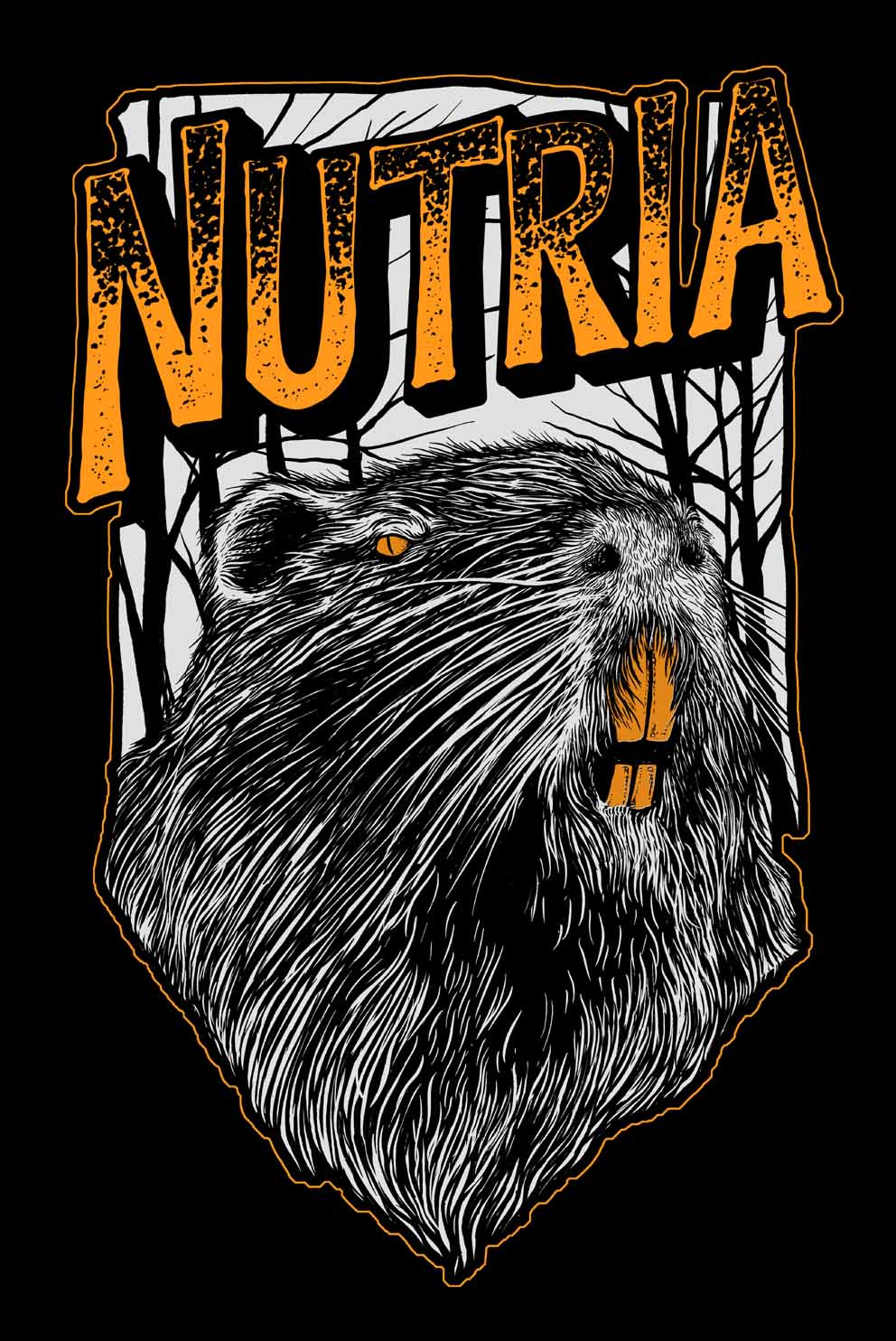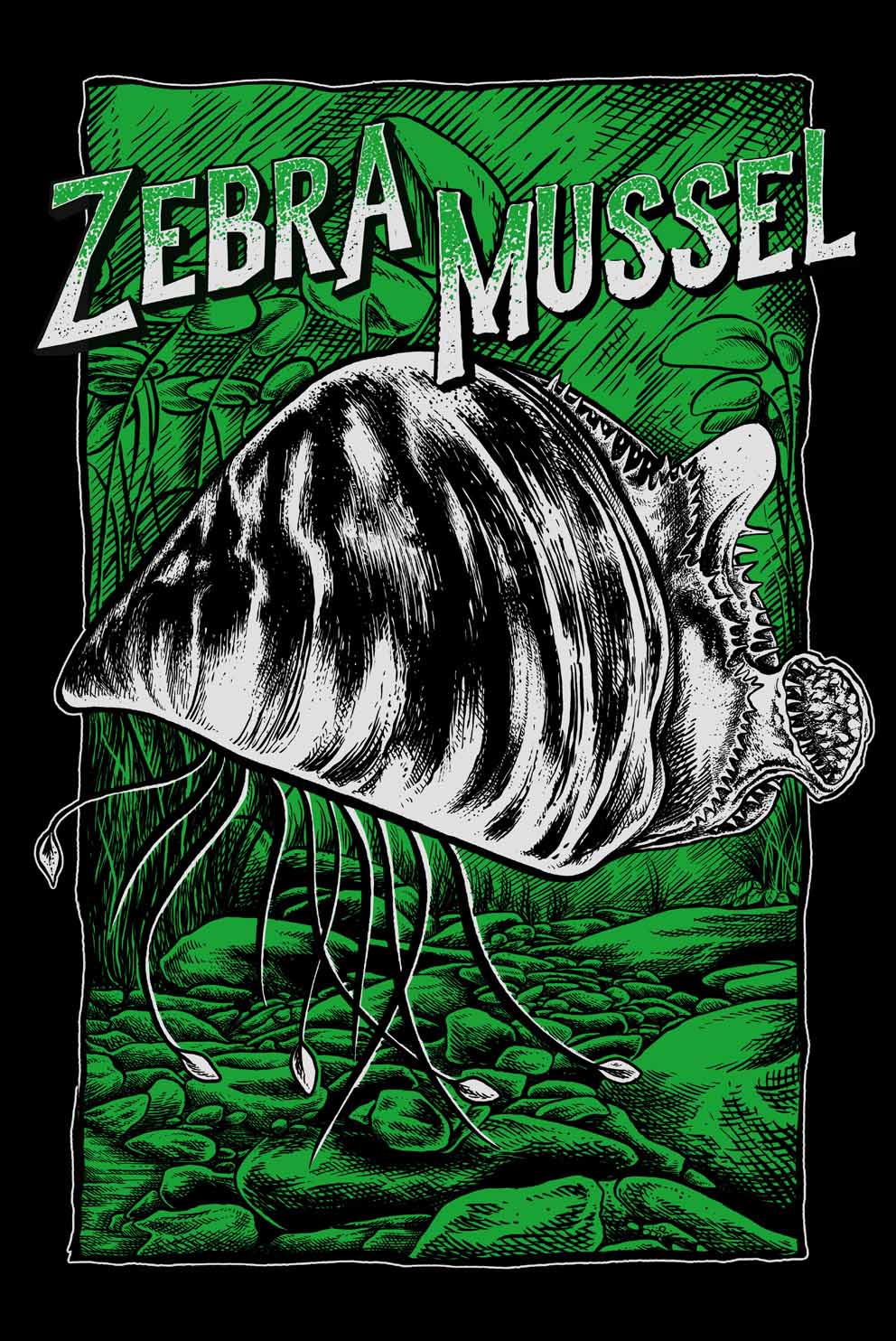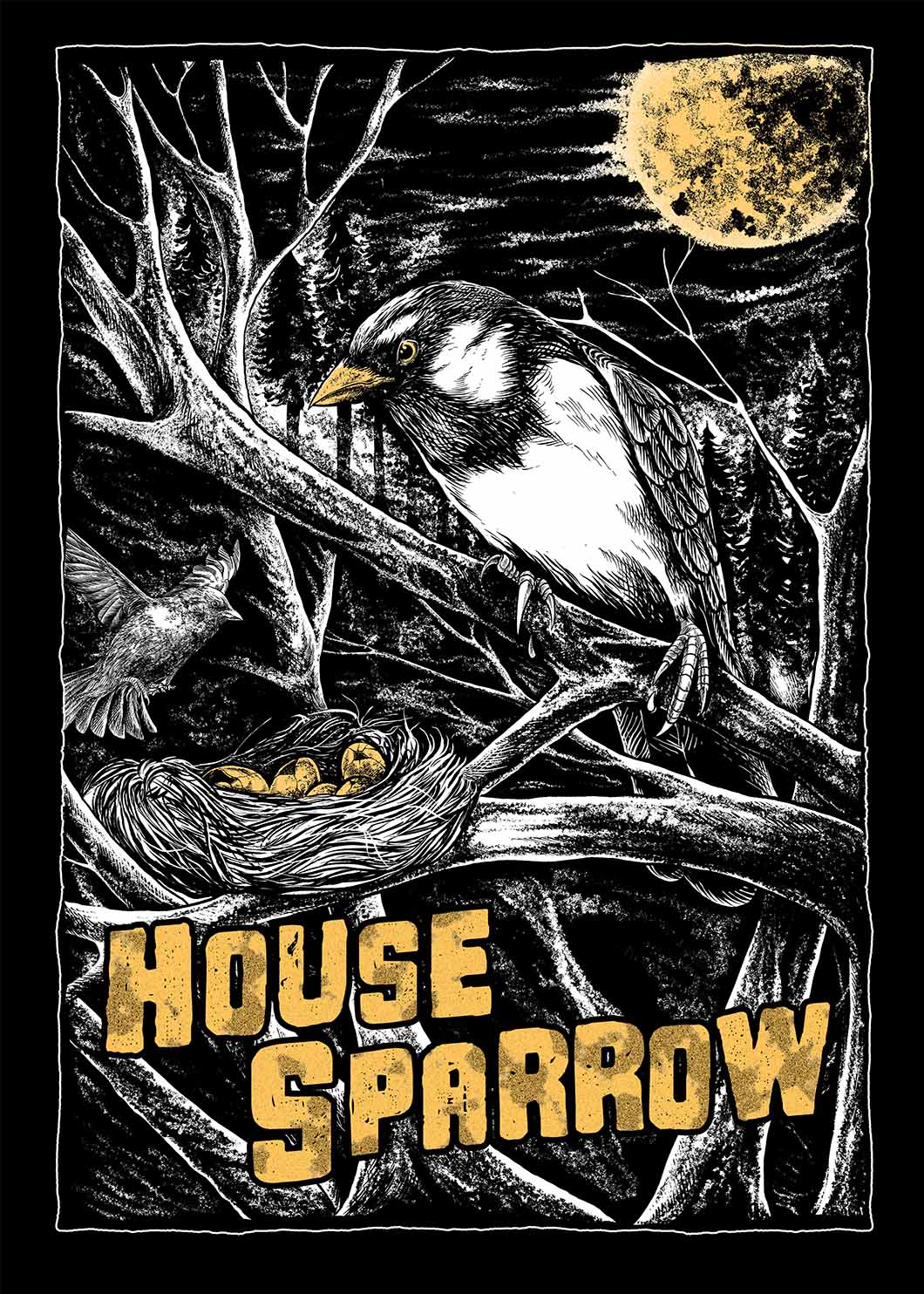
House Sparrow
Beware the small, brown bird! Seriously, though they may be small, non-descript, and very commonly seen, the English (house) sparrow (Passer domesticus) is a threat to native songbirds. An invasive species that was first imported in the 19th century, house sparrows are vigorous colonizers and protective of nests. Because they don’t migrate, they can overtake native, migratory songbird nesting locations, especially those of bluebirds. In addition to stealing nest sites, house sparrows have been known to threaten other species by destroying eggs, killing nestlings, or even killing females that are incubating eggs.
House sparrows are chunkier, fuller in the chest, with a larger, rounded head, shorter tail, and stouter bill than most American sparrows. The males have gray heads, white cheeks, a black bib, and rufous neck. Females are a plain, buffy-brown overall with dingy, gray-brown underparts. Their backs are noticeably striped with buff, black, and brown.
Because house sparrows are have been habituated to humans for centuries, they’re more likely to live and nest in populated areas, and less likely to be in forests and grasslands.
Discouraging house sparrows from occupying bird houses or nest boxes is one strategy to help lessen their numbers and their threat to native species. Smaller holes at the entry to a bird house (1” to 1.25”) can help keep unwanted species like the house sparrow out. In addition, make sure that if you’re feeding birds, you’re choosing food sources aimed at specific native species. House sparrows don’t like black oil sunflower seeds, but many native birds do! Grains like milo, millet, or cracked corn can attract house sparrows. If you find a house sparrow building a nest, you can remove their nesting materials every few days to discourage them.
Learn More

